Moon planting – or using the phases of the moon to guide your monthly gardening activities – could help to maximise the potential of your harvests.
Using the moon to guide planting has been used in traditional gardening folk lore for generations. The moon’s phases influence gravitational pull on Earth, from our tidal oceans down to the moisture in the earth and plants. While there is a lack of scientific research into the impact this actually has on harvests, many gardeners still swear by following the moon.
In any case, we think it’s a great way to organise a balance of gardening tasks across each month!
Ready to give moon gardening a try? Here are the basics…
Moon planting: The 4 phases of the moon
There are four phases of the moon in each monthly cycle: new moon, second quarter, full moon and fourth quarter.
On the day of a new moon phase, if you’re following moon planting, it’s best to rest from gardening before beginning the activities most beneficial in the next phase. Below we share the best activities undertaken in each of these phases of the moon.
New moon: Leaves and grains
In the new moon phase light increases and lunar gravity pulls water higher. In the garden this means balanced plant growth. This phase of the moon is ideal for sowing plants with edible leaves and seed heads.
Second quarter: Fruits
In the second quarter light increases further as the moon grows fuller. There is less gravitational pull, making this time ideal for leaf growth. This phase of the moon is ideal for sowing plants that fruit.
Full moon: Roots and bulbs
After the full moon, as it wanes and light decreases, gravitational pull returns downwards, making this a good time for root system growth. This phase of the moon is ideal for root crops, bulbs and transplanting.
Fourth quarter: Harvest and cultivate
In the fourth quarter moonlight decreases further as does gravitational pull, making this a rest time for the garden. This phase of the moon is ideal for harvesting, fertilising, maintainence.




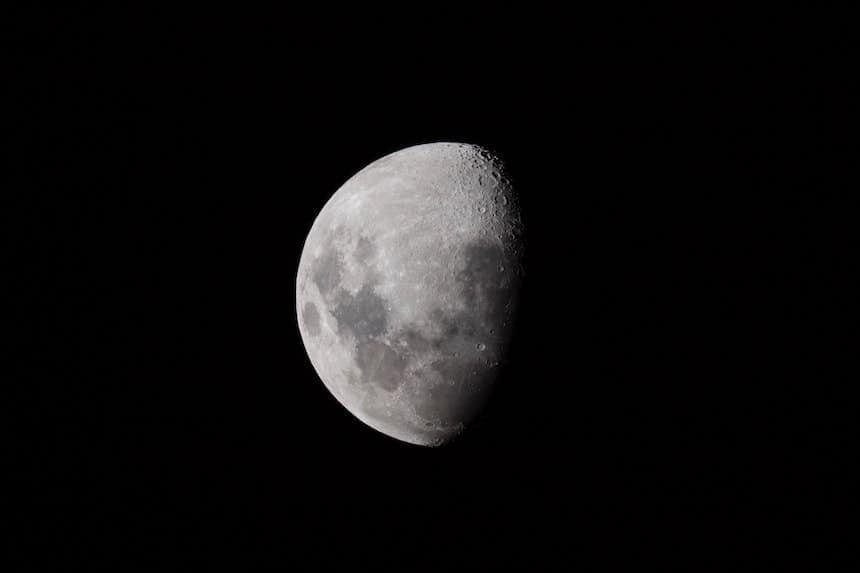
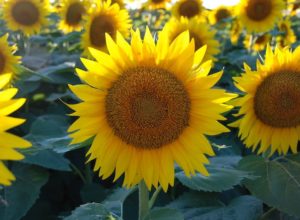
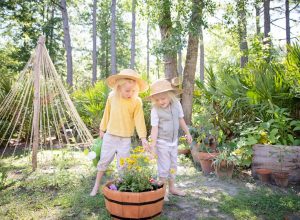
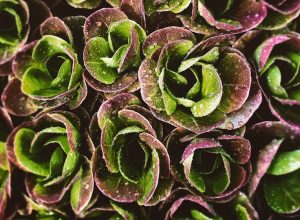
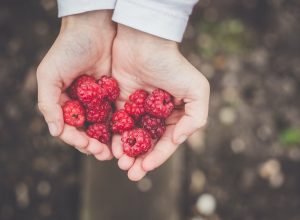




thanks for info